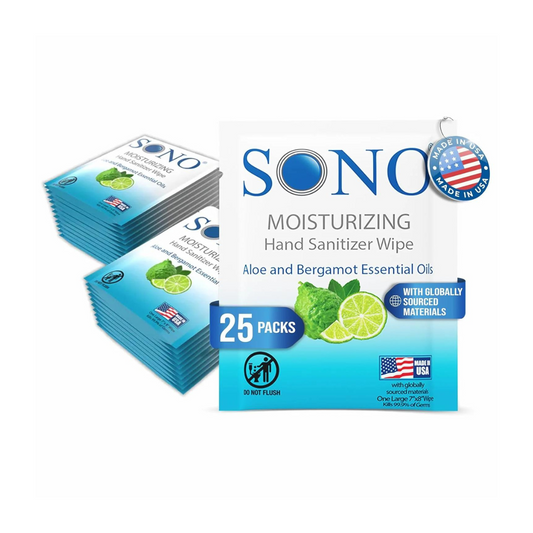What Is Monkeypox? Understanding the Virus and Its Characteristics
With the CDC recently declaring Monkeypox a global health emergency, it’s essential to understand the virus, its origins, and its core characteristics. This post provides a focused overview of Monkeypox, covering what it is and why it’s causing concern worldwide.
Monkeypox: An Overview
Monkeypox is a viral zoonotic infection, meaning it is transmitted to humans from animals. It is caused by the Monkeypox virus, which belongs to the same family of viruses as smallpox. However, Monkeypox is typically less severe than smallpox.
The virus was first discovered in 1958 among colonies of monkeys kept for research, which is how it got its name. The first human case of Monkeypox was recorded in 1970 in the Democratic Republic of the Congo. Since then, cases have been reported primarily in Central and West Africa, but the recent outbreak has spread globally.
Characteristics of Monkeypox
1. Virus Strains
There are two known strains of the Monkeypox virus:
- Congo Basin Strain: This strain is more virulent and has a higher mortality rate (up to 10%).
- West African Strain: This strain, which is responsible for most of the cases in the current outbreak, is less severe, with a mortality rate around 1-3%.
2. Transmission to Humans
Monkeypox is primarily transmitted to humans through direct contact with infected animals. Common carriers of the virus include rodents and non-human primates. Transmission to humans occurs via bites, scratches, or handling of infected animals. Additionally, consuming undercooked meat from infected animals can also result in infection.
Human-to-human transmission occurs through direct contact with body fluids, lesions, or respiratory droplets from an infected person. Contaminated surfaces and objects, such as bedding or clothing, can also harbor the virus.
To learn more about how Monkeypox spreads and what you can do to protect yourself, read our in-depth post here: "Monkeypox Transmission Explained"
Symptoms of Monkeypox
The illness typically begins with:
- Fever
- Headache
- Muscle aches
- Fatigue
- Swollen lymph nodes
Within 1-3 days of the onset of fever, a rash develops, often starting on the face and then spreading to other parts of the body. The rash progresses from flat lesions to raised bumps, then fluid-filled blisters, and eventually scabs that fall off.
Monkeypox symptoms usually last for 2-4 weeks, with most people recovering without needing extensive medical intervention. However, complications can occur, especially in vulnerable populations such as children, pregnant women, and immunocompromised individuals.
For a more detailed look at the symptoms of Monkeypox, check out our post on "Monkeypox Symptoms: What to Watch For"
Monkeypox is a viral infection that, while typically less severe than smallpox, can still cause significant health concerns, especially for certain populations. Understanding what Monkeypox is and how it behaves is key to mitigating the risks associated with the virus. As the global outbreak continues, staying informed is critical for personal and public health.





